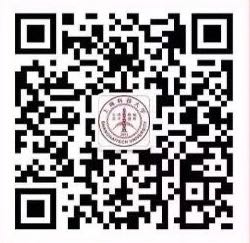Speaker: Tengfei Chang, HKUST (GZ).
Time: 14:00-15:00, May 22th
Location: Room 1C 101, SIST
Host: Junrui Liang & Zhice Yang
Abstract:
6TiSCH is a protocol stack standardized at IETF for industrial IoT. The lower layer protocol, Time-slotted Channel Hopping (TSCH), provides high reliability and ultra low-power performance for industrial applications. The upper layer adopts IPv6, UDP and CoAP protocols to enable its interoperability with the Internet. Single Chip micro-Mote (SCµM), is a crystal-free IoT device implemented over a 2x3 mm2 silicon die. It features a cortex-M0 digital core, an IEEE802.15.4 radio transceiver and an optical receiver for programming. In this talk, you will learn the IoT vision that we are targeting, how and why the 6TiSCH stack and SCµM are adopted to realize this vision, and a minimal network demo with one SCµM development board and one Commercial off-the-shelf IoT device, by running 6TiSCH protocol stack on both side. At last, a fascinating hornet tracking project is introduced, using SCµM and communication technologies. Besides the talk, an introduction on HKUST (GZ), with the information of cross-disciplines academic architecture, Information Hub faculties, campus life and student recruitments, is presented.
Bio:
Tengfei Chang received the Ph.D. degree in computer sciences from the University of Science and Technology, Beijing, China, in January 2018. In 2014, he was a visiting scholar with the University of California, Berkeley, USA. He joined the National Institute for Research in Digital Science and Technology (Inria), France, in 2015, as a research engineer then a postdoc lead at EVA team. He was the network architect and one of the co-founders at MonoLets, Inc, a Silicon-Valley based start-up for logistics and supply-chain. He is active in the standardization activities at IETF, where he serves as the editor and one of the authors of the RFC9033 standard document. He was recruited four times as technique expert lead for the ETSI 6TiSCHinteroperability plugtest events. He had been a consultant in several silicon-valley companies. He also held one U.S. pattern.




 沪公网安备 31011502006855号
沪公网安备 31011502006855号


